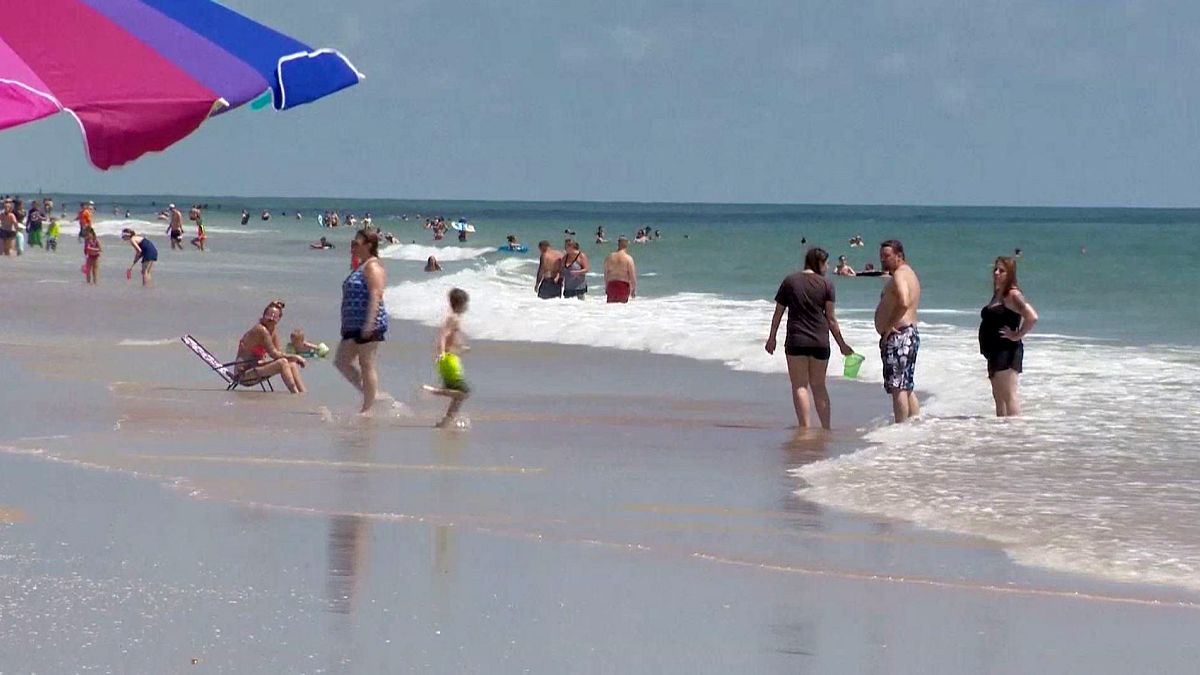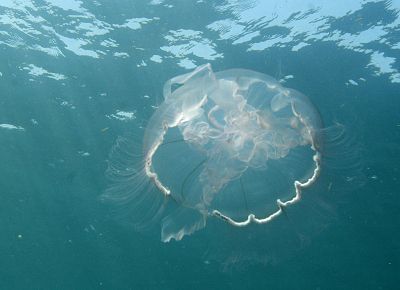"This has probably been the worst summer in a long time," a surfing instructor says.
A warning to those looking to enjoy Florida's warm waters: Thousands of Floridians and vacationers alike have been stung by jellyfish near Daytona Beach in the last two weeks, officials said Thursday.
Volusia County beach safety officials told NBC affiliate WFLA-TV in Tampa Bay, Florida, that more than 2,400 people had been treated for jellyfish stings, with 550 stings on Tuesday alone.
As of Thursday, there have been around 3,000 total jellyfish stings in the past 13 days, with 199 stings occurring Wednesday, beach safety captain Mike Berard told NBC News.
"This has probably been the worst summer in a long time," Mary Lane, an instructor with the Jimmy Lane Surfing Academy in New Smyrna Beach, Florida, told WFLA.
Berard also said that purple flags, which indicate a hazard from dangerous marine life such as sharks or jellyfish, have been flying on the beach. Two types of jellyfish — moon and nettle — have been found.
Volusia County lifeguards cannot do much about the jellyfish besides giving warnings and flying those purple flags. Nor can they do much for immediate treatment except pour white distilled vinegar over the stung area, Berard said.
Lifeguard stands are required to have bottles of vinegar on hand for jellyfish stings.
First aid for a jellyfish sting consists of rinsing the wound with vinegar; removing any remaining tentacles with tweezers, not with fingers; and soaking the skin in hot water for 20 to 45 minutes, according to the Mayo Clinic.
The Mayo Clinic also cautions against urinating on a jellyfish sting, saying that method is unhelpful or unproved.
This uptick in jellyfish is irregular, since jellies usually do not stay close to shore for long. Beach safety leaders cited the unchanging winds and waves as the primary reason for the jellyfish's close proximity to the shore, WFLA said.
No stings have led to any major injuries, WFLA said.
Because weather and other environmental factors play major roles, an accurate prediction for when the jellyfish will move farther away from the beach is hard to come up with.

